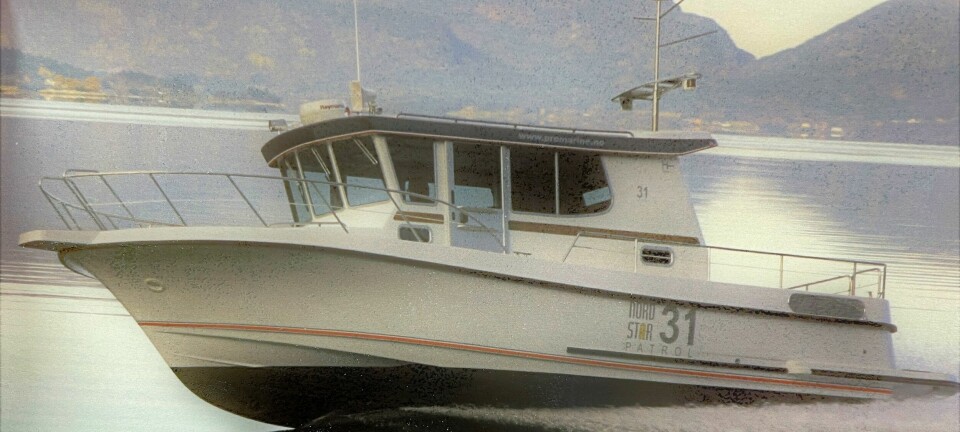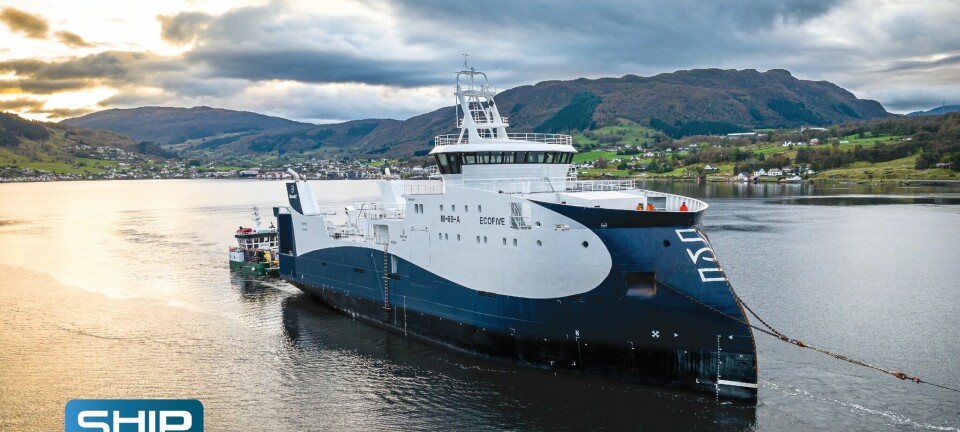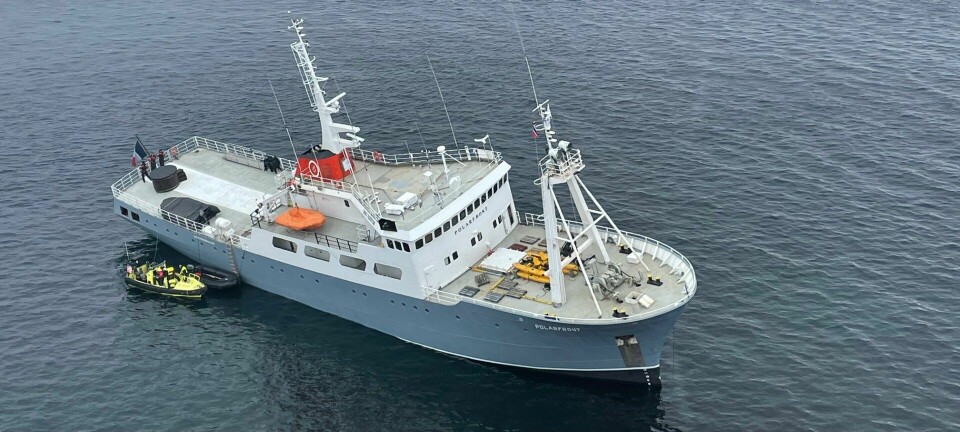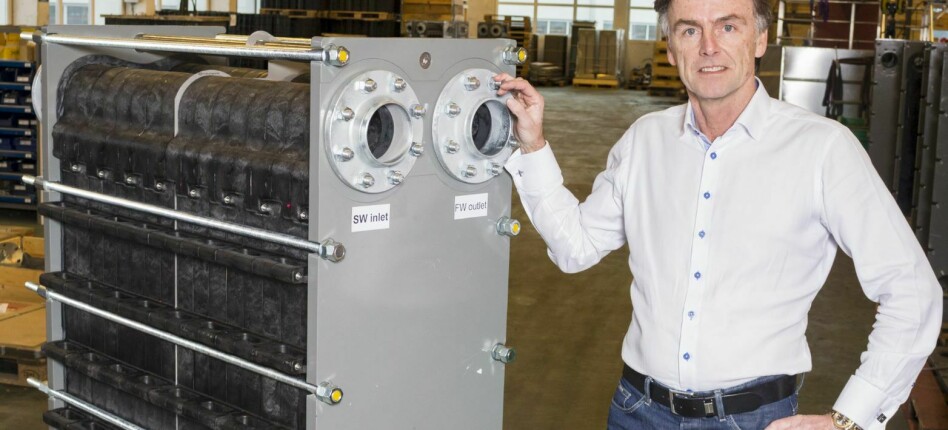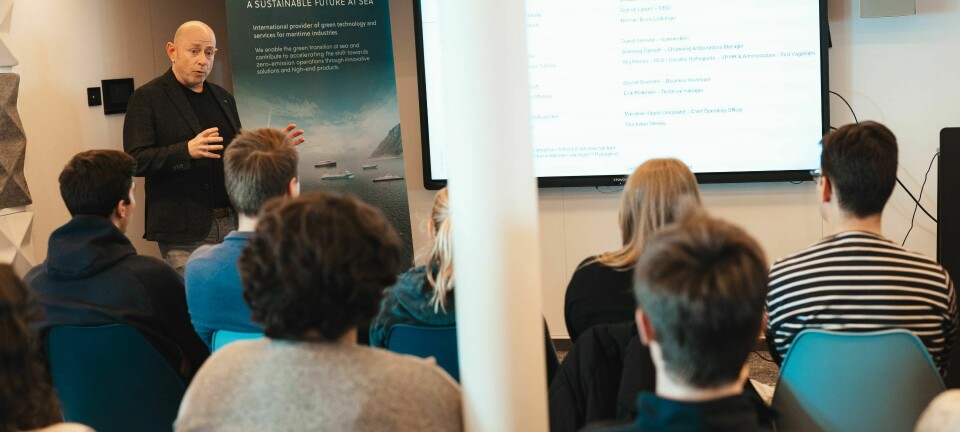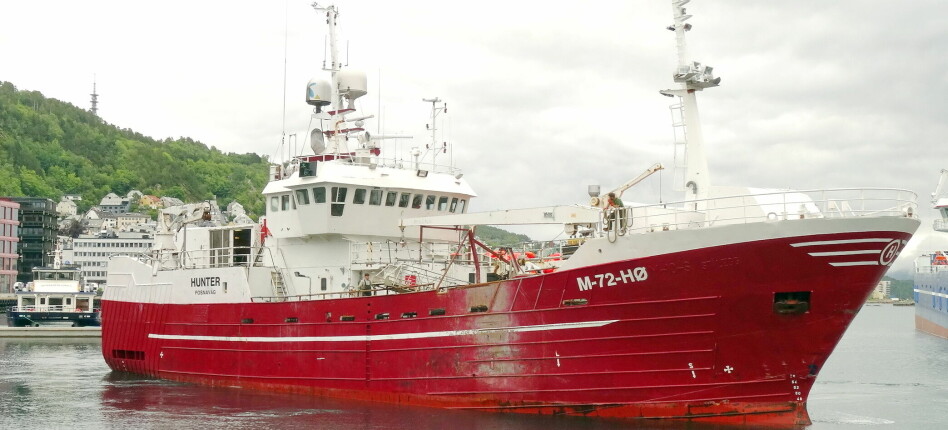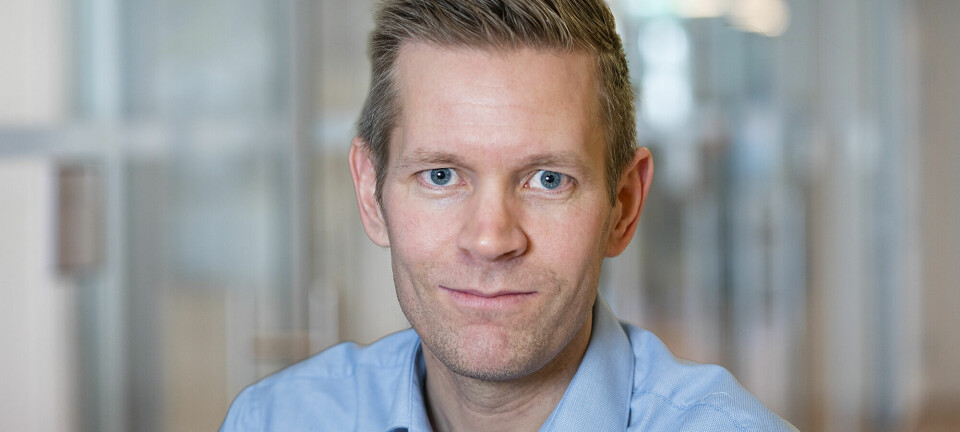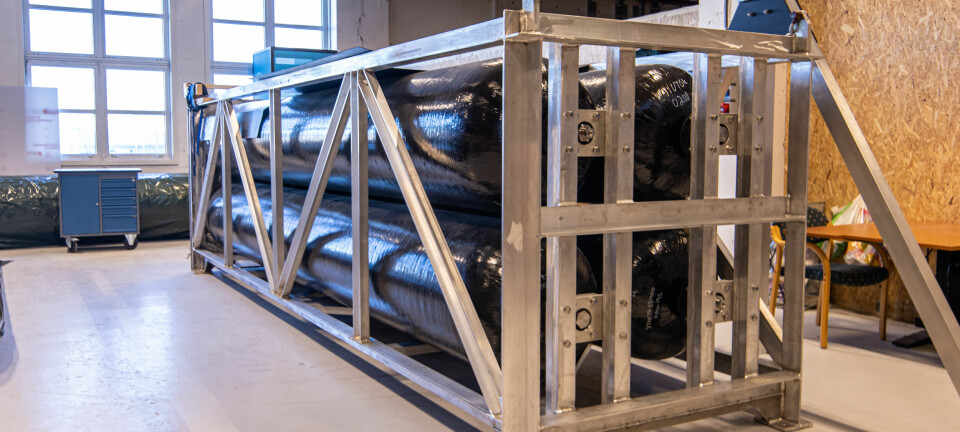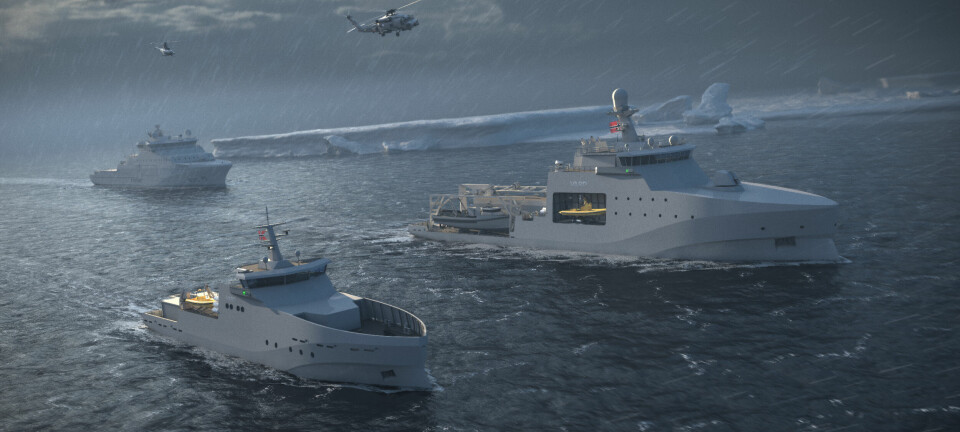Ballast water management
One of the primary tasks before the most recent session of the IMO Marine Environment Protection Committee (MEPC 56) was to complete an assessment of the Ballast Water Management (BWM) Convention to determine if there were any impediments to the entry into force provisions. These provisions require approximately 540 ships (with a ballast capacity < 5,000 m3 that are estimated to be constructed in 2009) to treat ballast water to comply with the biological standard contained in regulation D-2.
Denne artikkelen er tre år eller eldre.
As noted during earlier sessions of the MEPC, the most significant impediment has been the lack of availability of BW treatment systems that have been tested (ashore and onboard) and type approved in accordance with the G8 Guidelines contained in resolution MEPC.125(53). This concern is thought to have been the cause of why only ten States, representing 3.42 percent of the world merchant fleet tonnage, have ratified the BWM Convention to date. This is far less than the required 30 States representing 35 percent of the world merchant fleet tonnage needed for the Convention to enter into force.
The one problem that the Committee agreed on is that ships built on/after 1 January 2009 would be required to comply with the Convention when traveling to, or within the jurisdictional waters of States that have ratified the Convention. The extent of retroactivity of the 1 January 2009 compliance date for ships flying the flag of non-signatory States remains unknown at this time.
The IMO Legal Division advised that if the conditions for entry into force are not met by 31 December 2007, then the Convention would only enter into force after 1 January 2009 which would shift the first application date of the D-2 standard (1 January 2009) to the date of entry into force of the Convention. Consequently, ships constructed between 1 January 2009 and the date of entry into force would not be required to meet the regulation D-2 standard until 2014 or 2016 according to their ballast water capacity as specifed in the Convention.
Several States (including Norway, Germany, Japan and the USA) disagreed with the above view. With no agreed position on the extent of retroactivity and without any approved technologies available, the proper course of action for industry to take is not clear at all.
Progress towards the development of an approved treatment system was made, however. Under the provisions of the G9 Procedures for Approval of Systems which use Active Substances adopted by MEPC.126(53), the Committee agreed with the assessment carried out by the GESAMP BW Working Group and granted both Basic Approval and Final Approval to the PureBallast system.
This system, which makes use of active substances, will now undergo further testing including an assessment of ship and crew safety before the Norwegian Administration grants Type Approval under the provisions of the G8 Guidelines. Two other systems that were submitted for review were found deficient at this point in time and were not granted either Basic or Final Approval.
The PureBallast system is comprised of a 50 μm filter (with automatic back flushing capability) for removing larger particles and organisms, thereby reducing the level of sediments in the ballast water tanks, and a Wallenius AOT (Advanced Oxidation Technology) Unit. This unit introduces UV-energy together with catalysts in order to produce short-lived free radicals which react with and destroy microorganisms. The system requires no chemicals to be added and there are no chemicals formed which can enter the ballast tanks. Full scale testing for type approval is set to be performed with a flow rate 250 m3/h and with a power consumption of 64 kW.
Due to the uncertainty that arose in the review of the PureBallast system with respect to “active substances” produced during the treatment process, interim measures were agreed until the G8 Guidelines can be revised. These request Administrations to require that manufacturers developing BWT systems that only use physical processes which may produce chemical byproducts, to utilize the relevant guidance and testing provisions for eco-toxicology, human health and ship and crew safety that are included in the G9 Procedure as part of the G8 Guidelines for Type Approval.
Guideline for Requiring Additional Measures
The Committee also adopted a new resolution which contains the G13 Guideline that provides the basis for a State, after consulting with adjacent States, to implement additional measures regarding ballast water management, including measures for emergency situations, to prevent, reduce or eliminate the transfer of harmful aquatic organisms and pathogens under the provisions of regulation C-1 of the BWM Convention. In so doing, the State should endeavor to make available all appropriate services for ships to facilitate their compliance.
The locations affected by the additio al measures are to be defned by precise coordinates. Any operational and/or technical requirements applicable to the ship to achieve compliance with, and the duration of, the additional measures are to be defined. Regulation C-1 contains two procedures for introducing additional measures: one requires IMO approval prior to implementation, and the other requires IMO notification six months prior to implementation except in the case of an emergency (e.g., harmful algal blooms) which can be implemented without delay.
Source: ABS Activities.
(See also: SKIPSREVYEN no. 4/2007 pages 131 and 51 on the subject of ballast water treatment).
